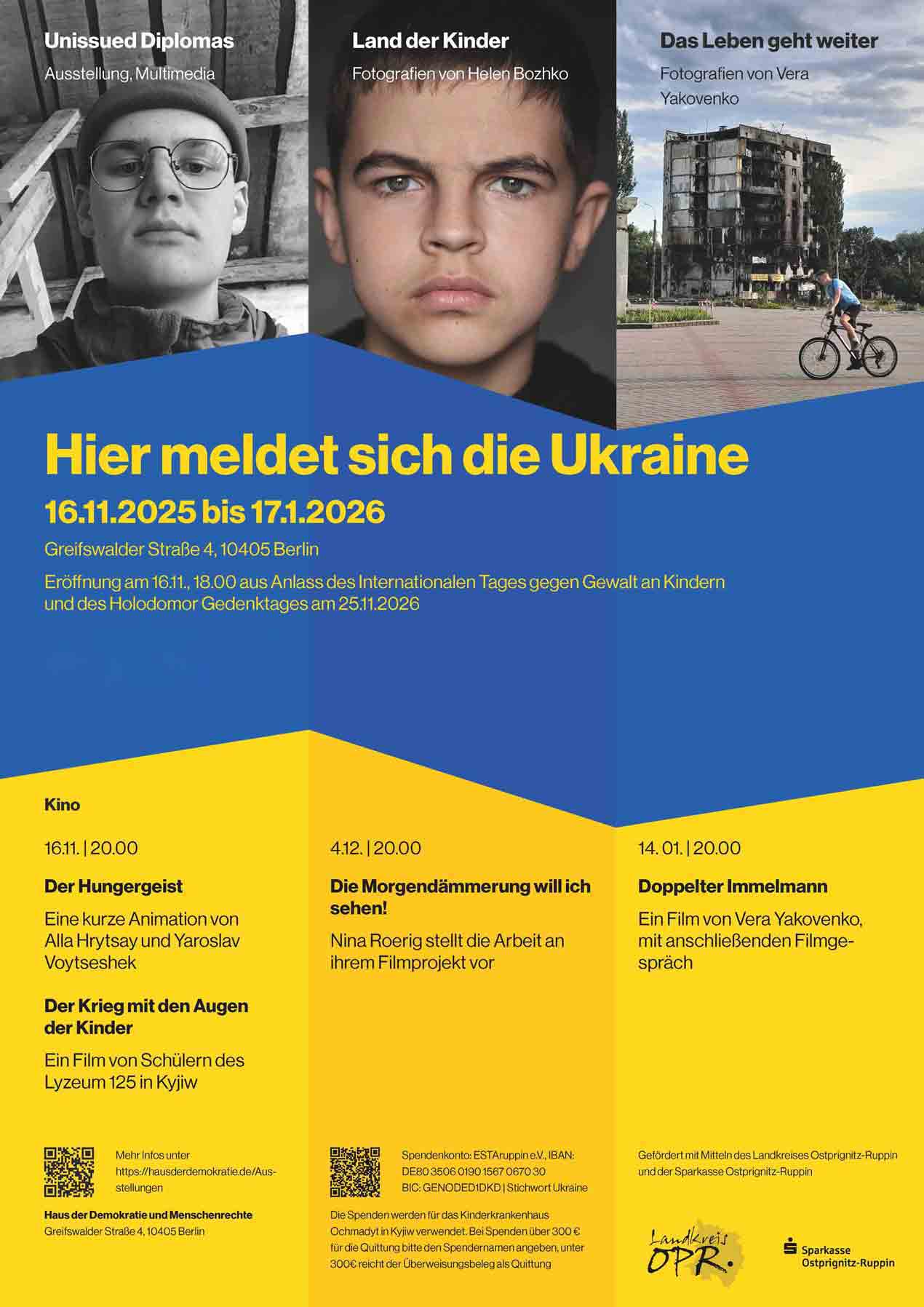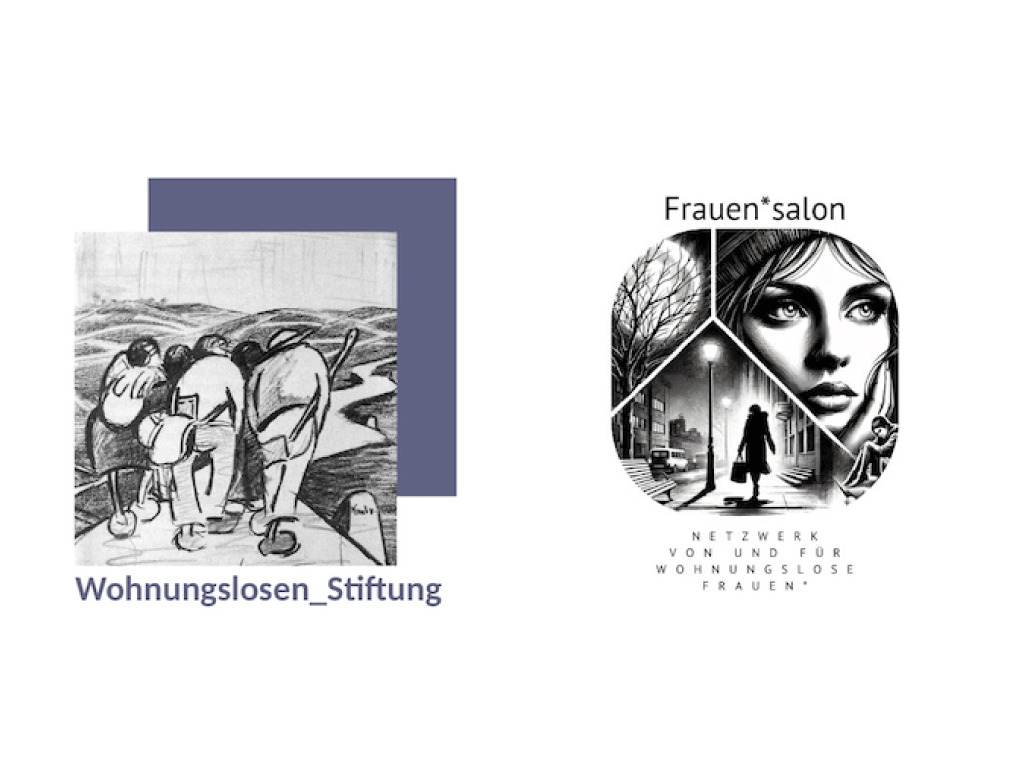please contact the administration shortly before
This is Ukraine reporting.
Images, films, impressions from a country at war

Terrible conditions have prevailed in eastern Ukraine for many years. Separatists supported by Russia are terrorizing the population.
In 2014, dictator Putin annexed Crimea after Russia deliberately fueled the conflict between ethnic Russians and Ukrainians there as we
And in 2022, Russia's invasion of Ukraine.
But despite unprecedented war crimes, terror against the civilian population, and destruction of technical infrastructure, Putin's plan is not working. After more than three years of war, he is far from achieving his goal of incorporating Ukraine into a Russian empire. The Ukrainian people are not welcoming Russian troops with cheers and bouquets of flowers, as he had expected. No, they are putting up heroic resistance and bringing the Russian invasion to a halt.
The project “Hier meldet sich die Ukraine” (Ukraine reports) aims to bear witness to the situation and feelings of the people there. Three photo exhibitions, several films, a reading, and an art project offer a comprehensive picture. Talks and discussions with the participants round off the program.
Here is the program:
16.11.2025, 18.00 Opening
Arne Krohn from Hangar 312 welcomes the guests
Photographer Helen Bozhko guides visitors through her exhibition “Land of Children.” She was in Donbass for a video production before Russian troops marched in. There, she photographed children and young people who were suffering under the terror of the separatists. The fate of these children has been unknown ever since.
Director Vera Yakovenko presents her photo exhibition “Life Goes On.” She documented the lives of people after Russian troops withdrew from the Kyiv region.
“Unissued Diplomas” is a project by Ukrainian students. In it, they commemorate fellow students who were killed in the war. On the front lines and by Russian missiles and bombs. They died before they could receive their diplomas.
The fourth Saturday in November is observed as Holodomor Remembrance Day in Ukraine. This year, it falls on November 25. The day commemorates the more than three million people who starved to death as victims of Stalin's deliberate food deprivation.
November 19 is the International Day Against Violence Against Children.
Both days determine the program on the opening day.
•„Der Krieg mit den Augen der Kinder“ (“The war through the eyes of children”)
The film was made by students at Kyjiwer Lyceum. An interesting change of perspective from the news we see every day..
•„Der Hungergeist“ (“The Hungry Ghost”)
The short animated film explores the painful memories of the famine.
•Artist Marina Paliy will create an installation at the Brandenburg Gate on November 25, 2025, to mark Holodomor Remembrance Day. She will present it to the public and discuss it.
4.12.2025., 20.00 "Die Morgendämmerung will ich sehen"
A film by Nina Irina Roerig
Nina I. Roerig is currently working on her major film project “I Want to See the Dawn.” Ukraine has been under Russian attack since the large-scale invasion. Her film project focuses on opening up visual connections to Ukraine's past and hints at the eerie echoes of the 20th century, while today's Russia is developing more and more similarities with fascist Germany. The film shows individual stories of Ukrainians who have been torn from their former lives but have nevertheless retained their unbroken spirit of freedom. It reminds us as viewers of what is essential in life. Director Nina I. Roerig shows film clips from her film trilogy on the Russian attack on Ukraine, which she is currently working on, and reports on her journey through Ukraine in September 2025. Her films begin where the news ends: with the stories of individual people
Following the film, there will be a discussion with the director.
14.1.2026 18.00 Finissage
Opportunity to chat with the artists behind the photo exhibition over light refreshments. 8:00 p.m. “Doppelimmelmann”
In her feature film, Vera Yakovenko takes us to eastern Ukraine shortly before the Russian troops march in. A Ukrainian plane carrying aid supplies is shot down and the crew finds itself in a country where separatists have already seized power.
Following the film, there will be a discussion with the director.
Web: hangar-312.de

